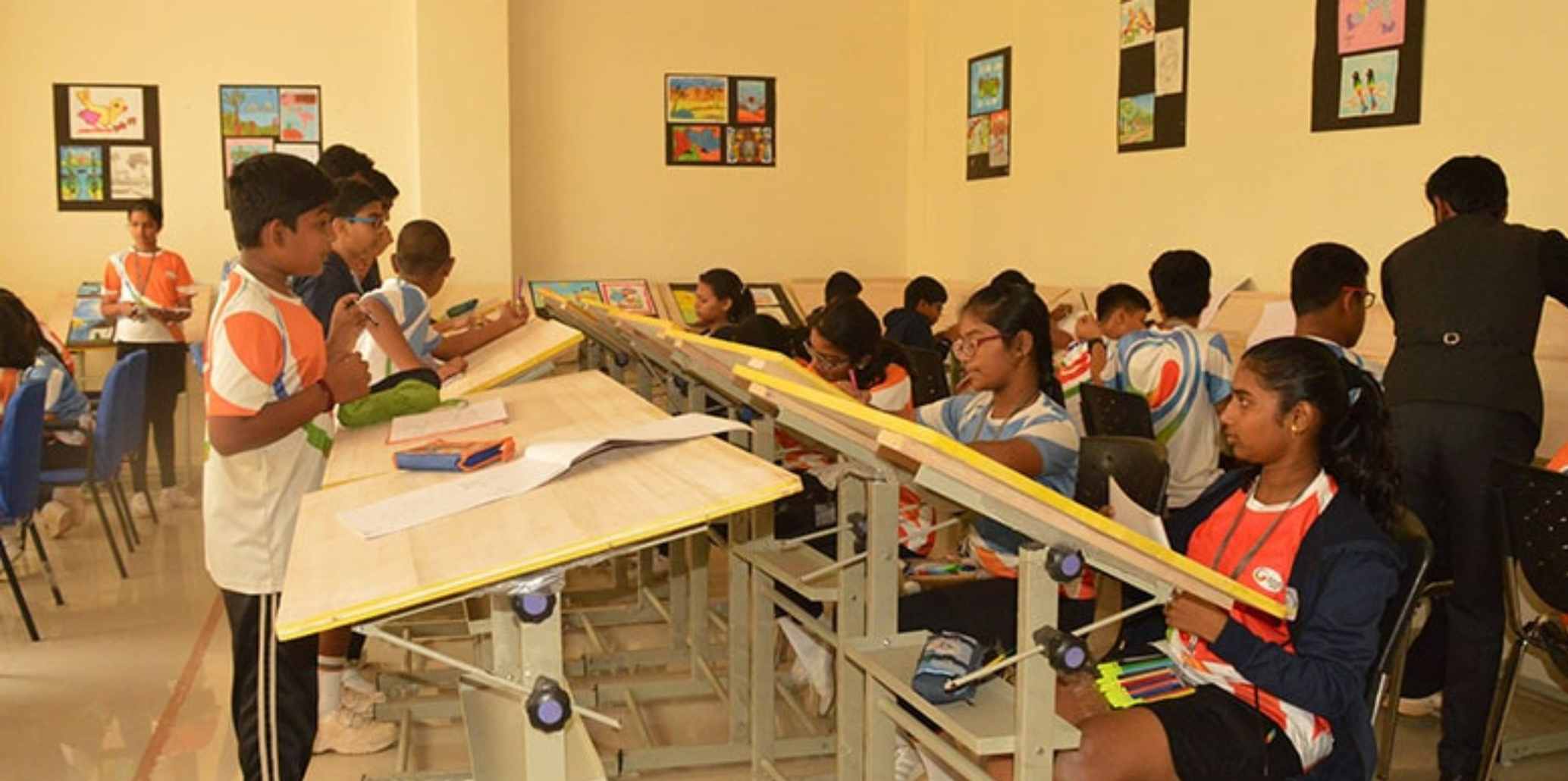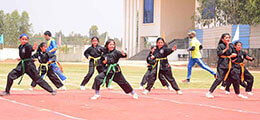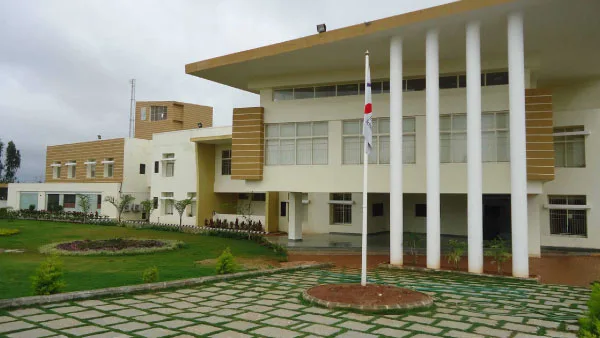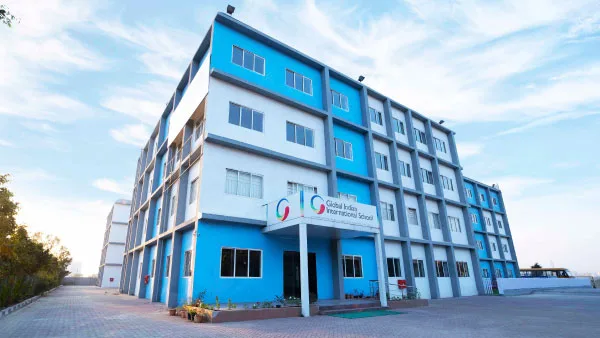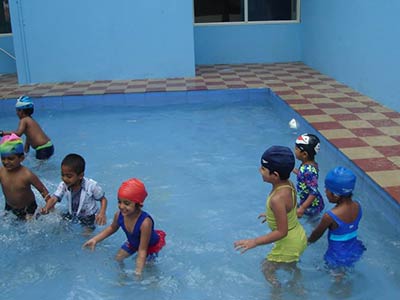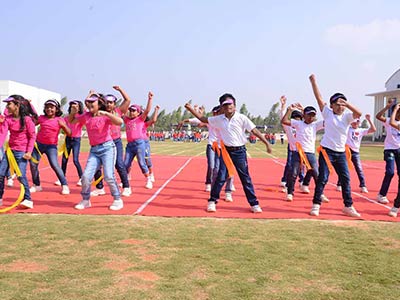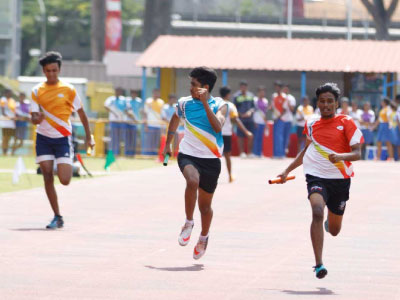Download our FREE Academic Calendar now! 📚 Start your child’s journey to success.
Table of Contents
- What is the Grading System?
- Importance of Grading System in India
- Features of the Grading System in Cbse Schools in Whitefield Bangalore
- Grading System in India
- Types of Grading Systems in India
- Advantages of the Indian Grading System
- Grading Standards in Indian Schools
- Why should you choose one of the best schools in Bangalore?
- Conclusion
The educational field in India has brought revolutionary changes in children’s study fields. This newly introduced system is highly upgraded compared to the old days of the educational landscape. Some statistical patterns are added to the system. One is the grading system, which is becoming popular in every public and private Indian school.
Generally, this grading system helps teachers evaluate students’ performance in examinations based on some standardized scales of quality checks. This scaling pattern consists of grades and Letter forms to denote a student’s potentiality.
What is the Grading System?
A grading system represents a point-based structure that helps teachers to understand the grading system and assess a child’s performance in school. Several schools across the globe accept this method. It is considered an enduring medium to re-evaluate a child’s capability and intellectuality. Also, it adjudges whether a student has reciprocating power or not.
The Department of Education under the Indian government has intimidated this newly developed grading system in India to set up a K 12 Basic Educational Program. The advanced grading pattern is improved and crisp compared to the previous one. The former has a complicated structure of the process of learning, examination pattern, and assessment. But the new one has some new features and an updated transmutation table.
All schools from Kindergarten to high school have consent to follow these guidelines by DepEd. Even the authority has inspired private schools to accept and follow the grading system.
Non-DepEd schools have permission to navigate their vision and aspects by adjusting to new policies, but they need an approval letter from DepEd.
This system explains the grading system or an accumulative assessment process, which will be based on the re-evaluation of quarterly assessments, performances in given tasks, and all written papers from class 1 to class 12.
These three distinct sections have three different percentage models based on the learning pattern.
● Written Work (WW) – it identifies whether students have the capabilities to express their skills and contents in writing mode.
● Performance Tasks (PT) – these educate learners to perform known things in different ways.
● Quarterly Assessment (QA) – It measures the quality of preparation of students quarterly.
Importance of Grading System in India
This modern implementation will cooperate with those students who are lacking behind. It helps students adjust to stress and adapt to the current educational structure. The Indian government decided that the assessment pattern should be based on the 9-point grade system marks. So, it will minimize the difference between toppers with 99% marks and average or below-average students.
Students will also get the motivation and energy to work harder than before and make necessary corrections.
Here, parents and teachers both have crucial parts. The school grading system will make them aware of some aspects; those are needed to be acknowledged by them. This acknowledgment helps determine students’ capabilities, potentialities, talents, and assets. Also, it helps teachers and parents to encourage their wards to higher studies.
On the flip side, an immense wave of this modern educational system has transformed the whole scenario into a world-class image. It leads India to a global standard where you can recognize students’ excellence.
Features of the Grading System in Cbse Schools in Whitefield Bangalore
Grading system in education in India has some integrated features that help students, teachers, and parents build uniformity and advanced educational ground. They are:
1. It reduces examination-related pressure.
2. It assesses a student’s performance based on their results and the given assignments, projects, and depth of knowledge. This process keeps students motivated and affects their studies.
3. Students are categorized into different grades, so they can quickly rectify where they are lacking and where they are strong.
4. Teachers can identify the average and below-average students separately. Also, they allow improving and working on the students’ rectified weaknesses.
5. Parents get opportunities to understand their child’s weaknesses and correct them with care and proper guidance. Also, this grading system finds the aspects that parents need to focus on.
6. It enhances uniformity and helps children to upgrade themselves and perform according to the grading assessment.
Grading System in India
The three comprehended mark grading systems are discussed below:
CBSE Grading System
The Central Board of Secondary Education maintains its CBSE grading system for classes 10 and 12. They follow the pattern from A to E letter grades. The board introduced it in the year 2009-10. Since then, it has been compiled by all CBSE schools.
The a to E grading pattern represents a five-point system, where A denotes the highest grade and E is the lowest. Knowing the conversion process of grade to the percentage for qualifying for the competitive exams and achieving a scholarship opportunity is crucial. So, GPA and CGPA are also important to be discussed by using the cbse grade system calculator.
GPA Grading System
GPA means Grade Point Average. It is a standardized form to evaluate a student’s average score derived over a specified period, i.e., a semester. GPA grading system is based on this mathematical rule; dividing the average points of a student by the total credit hours possessed by that student.
CGPA Grading System
The complete form of CGPA grading system is a Cumulative Grade Point Average. This grading system denotes a student’s performance throughout an academic year. So, first the examination body calculates the GPA of all semesters and then divides the derived result by the total number of credits.
Also, this GPA system and CGPA represent numeric form Both CGPA and GPA are indicated by a numeric value. This calculative system is opposite to the Indian Grading System, which is based on percentages and grades.
Also Read- Difference Between GPA and CGPA
Types of Grading Systems in India
The Indian Education department has introduced seven types of grading system. They are:
Percentage Grading – 0-100%
Grading in letter form with a Hierarchical approach: From A to F
Narrative Grading – In this Grading, teachers give written remarks about a student’s overall performance.
Mastery Grading: This Grading categorizes students into two zones; masters and passers, when their students “masters” or “passers” when their accomplishment reaches pre-fixed levels.
Pass/Fail – It usually denotes passed students and non-qualified students.
Norm-referenced Grading – the evaluation process compares toppers and average students in the class.
Absolute-Standards grading: This process is for benchmarking a student’s performance with a standardized level of performance.
Advantages of the Indian Grading System
1. It reduces the pressure of examinations and performances on the students to a considerable level.
2. It provides different grading points patterns to evaluate each student’s capability, talent, intellectuality, and adaptability mathematically.
3. It builds students’ confidence and prepares them to work harder on their weaknesses.
4. It makes the whole class feel at ease with the newly proposed educational system and copes with the advanced patterns.
5. It leads the entire educational ground to a world-class integrated and uniform standard.
Grading Standards in Indian Schools
| Percentage | Grade Point | U.S. Grade Equiv | Classification/ Division |
| 60–100 | 3.5–4.0 | A / O | First-class/ Distinction / Outstanding |
| 55–59 | 3.15–3.49 | B+ | Second Class |
| 50–54 | 2.5–3.14 | B | Second Class |
| 43–49 | 2.15–2.49 | C+ | Third Division |
| 35*–42 | 1.5–2.14 | C | Fail/Third Division |
| 0–34 | 0–1.49 | F | Fail |
Overview of Grading Assessment
Where the grading system in education allocates obtained grades by students, assessment evaluates those grades. For an assessment of a student’s overall performance, a teacher needs some input, and they collect those inputs from grades.
Therefore, assessment is just the next step of Grading. The evaluation process uses Grading to identify problems in students in performing tasks given by the teachers. Grades are denoted in letter form, from A to E.
After that, through a thorough assessment, teachers determine the reason behind a student’s low performance. In short, the assessment takes teachers to the depth of the problem due to the student’s grading standards.
Conclusion
India’s grading system lies in the hands of preceptors and school management. They need to ensure that they will develop an advanced and compact learning pattern. Also, they should assure this proposed pattern and will take all the education-oriented measures into account. So they can build up a bright future for each student and take all needful actions for the sake of the community’s welfare.


 Bannerghatta Campus
Bannerghatta Campus
